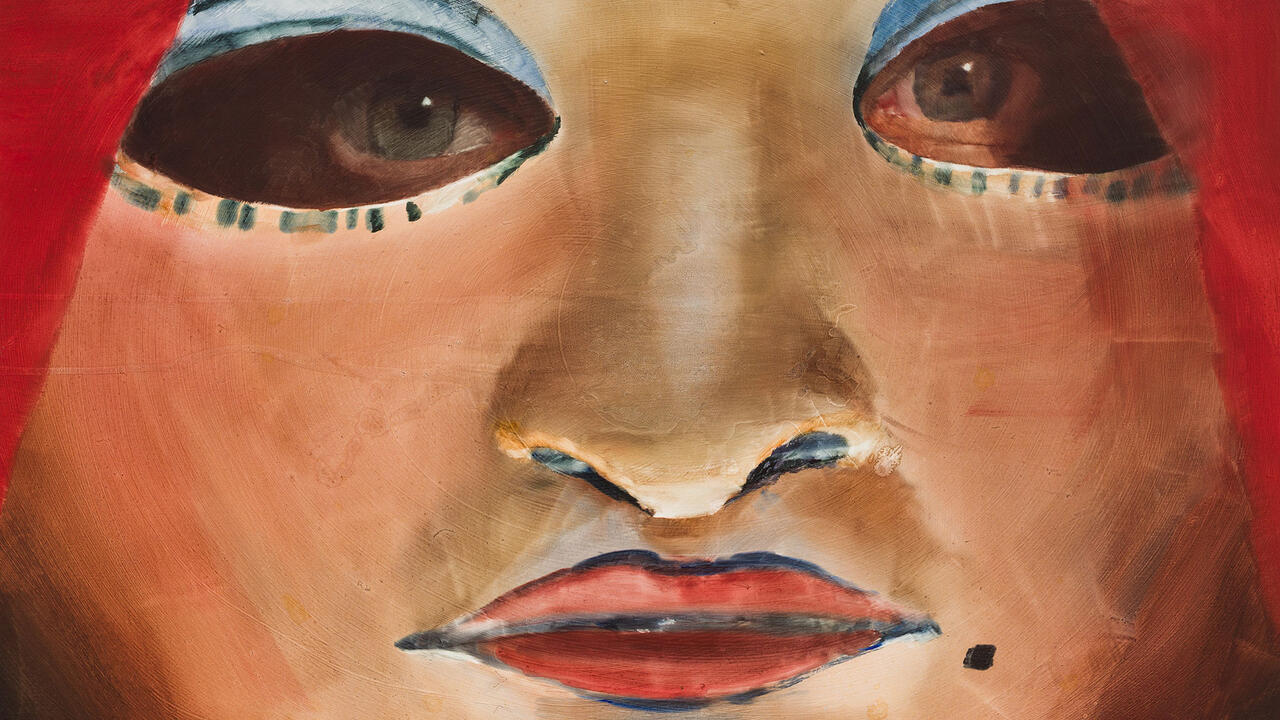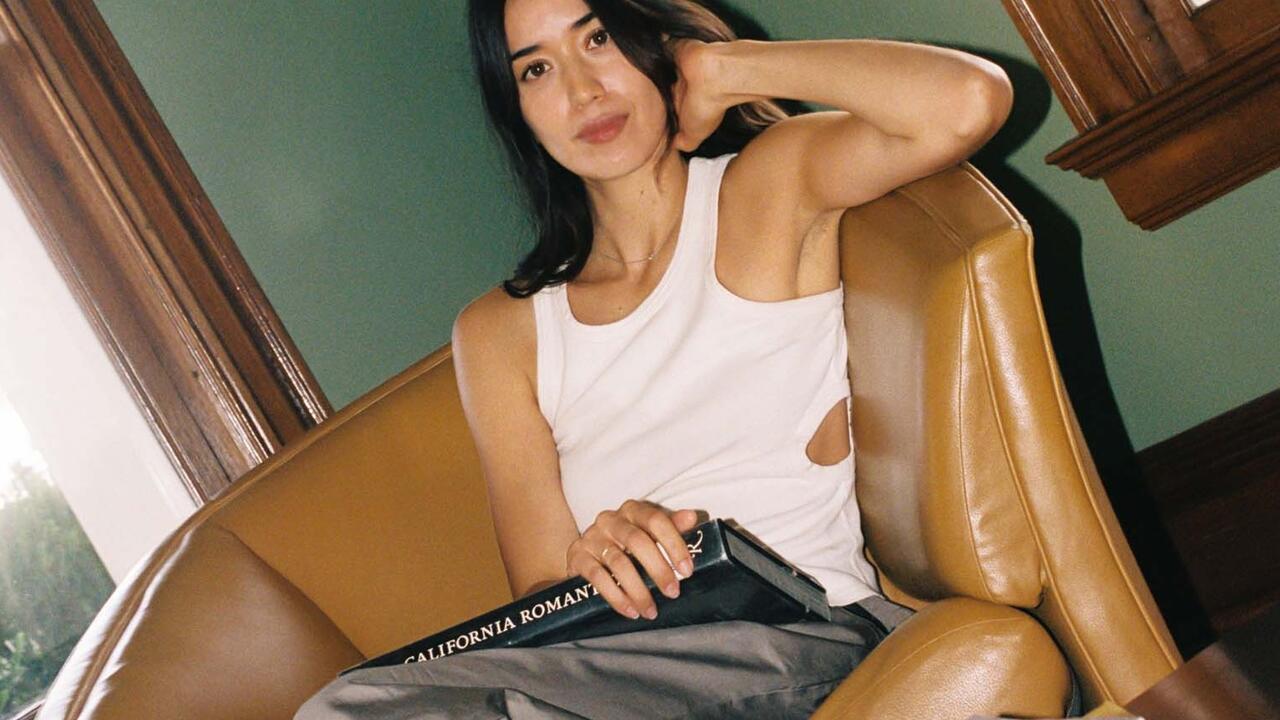Angus Fairhurst
Maybe it should come as no surprise that Angus Fairhurst's 'Drawings and Cartoons' is situated in the front room of a North London flat. In view of the increasing number of artist-led projects in alternative spaces, tree-lined Hartham Road seems as likely a venue as any other. Outside number 71, an orange flag displays a drawing and marks the house from the street. Inside, the works range in size from small scraps of paper to A3 sheets arranged in neat little stacks on a wooden table where you are invited to sit down and start sifting. Initially it feels a little strange that while the half of the room dedicated to Fairhurst's work is gallery-like, the other half is a kitchen, but as you look through the work, the space proves to be the perfect location in which to study a private and personal body of work accumulated over three years.
Fairhurst's cartoons share an affinity with the surrealist wit of Robert Crumb and Gary Larson in their projection of human characteristics onto all manner of creatures and things. One cartoon shows two spindly office plants on a desk. One says to the other 'Okay, lets go!' The next picture shows the office completely swamped in foliage. Other cartoons involve a character who steals peoples' heads from their shoulders and tries them on at home. A man falls from a cliff; his arms and legs sprout wings only to separate from his body, fly away and leave his head and torso behind - splat! A gorilla appears on a number of occasions. It paints its ass, thumps the side of passing cars and drinks at a bar accompanied by an exotic fish. Together, they become a memorable double act, particularly in one instance when the gorilla consoles the moody looking fish as it eats a plate of chips.
Mixed in with the cartoons are a number of drawings depicting a headless torso with no arms and two pairs of legs contorted into a variety of physical impossibilities. While the drawings are a more accurate representation of the human figure they remain unbelievably weird. This in turn raises the issue of what distinguishes them from the cartoons: the separation is a little blurred to say the least. But then the drawings are not supposed to be funny, and carry no feed line and no punch line. These are the tools that are generally used to establish a set of drawings as a cartoon - an exxaple from Larson would be: chickens lying around a farm unable to move (feed line); a sign which reads 'Boneless Chicken Ranch' (punch line).
But where does this place Fairhurst's cartoon of the gorilla simply holding the fish under its arm? It's not funny so why should it be a cartoon? Or more to the point: what do cartoons become once they're no longer funny? Bad drawings? Richard Prince illuminates this fudge when he appropriates cartoons from 50s New Yorker magazines. In doing so, he reveals the humour to be so out of date that there's nothing to get; all that remains is an A-bomb, a shrink and a husband and wife routine grounded in misogamy. They have become the empty shells that once contained funny ha ha jokes and prove that once a cartoon stops being funny only the quality of the drawing remains. Its only commitment is to serve the joke, which is why a cartoon may look like art and can be used in art, but is otherwise self-contained.
With or without punch lines, Fairhurst's cartoons distinguish themselves by the way they are drawn and what that particular style of drawing sets out to achieve. The fact that Fairhurst is a recognised artist is not enough to transform them into something else, which is why they remain no different in status from the work of other cartoonists. But then, Fairhurst isn't out to compete with the likes of Larson or Crumb. Instead, he appears to be more immediately concerned with loosening up as an artist and letting it all hang out. Ultimately, 'Drawings and Cartoons' is closest to the artist's notebook, be it a loose-leaf version. With this show, Fairhurst has opened up an area where ideas are in development: the temptation now must be to carry over the distorted figure and concerns surrounding the anthropomorphic representation of wildlife into his regular art practice.














